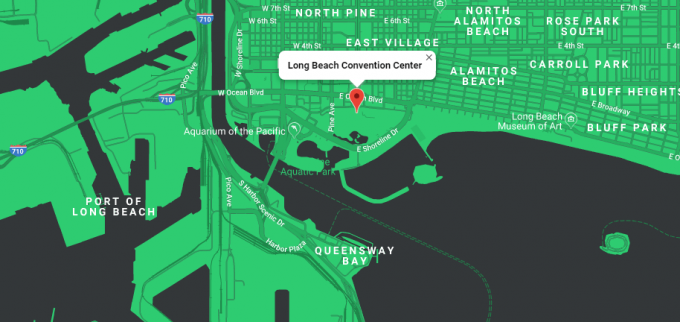East-west freight rates continue rise; even transatlantic edges up
Container spot rates have continued their upward trajectory on the trunk east-west trades with double ...

Transpacific container spot rates remain high as the contracting season moves into gear – however new contract proposals from carriers may get the cold shoulder.
Xeneta’s XSI Asia-US west coast component ticked up 1% this week, to an average of $4,762 per 40ft, which compares with the reading for the same week of last year of just $1,329 per 40ft.
Meanwhile, reversing consecutive weeks of decline, the Freightos Baltic Index (FBX) Asia to US east coast ...
'It’s healthy competition' Maersk tells forwarders bidding for same business
Transpacific sees first major MSC blanks as rates fall and volumes falter
US shippers slam USTR port fee plan – 'an apocalypse for trade'
Opposition builds for final hearing on US plan to tax Chinese box ship calls
Despite sourcing shifts, 'don't write-off China', says CMA CGM CCO
White House confirms automotive tariffs – 'a disaster for the industry'
Cargo chief quits WestJet as freighter operations cease
New price hikes may slow ocean spot rate slide – but for how long?

Comment on this article